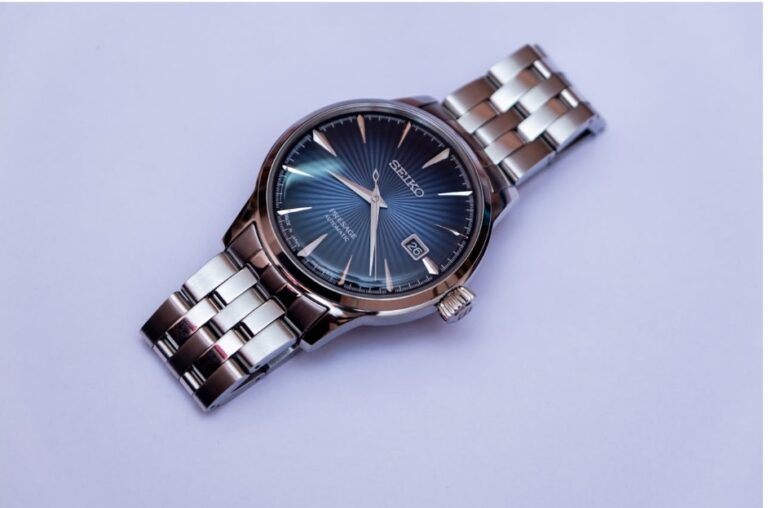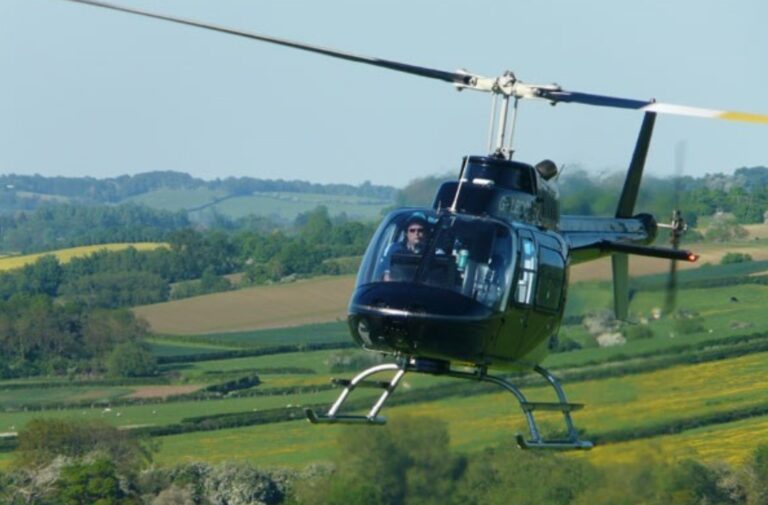The Ultimate Guide to Creating a Flawless Live Streaming Setup
Livestreaming has become a powerful marketing tool for businesses. It’s exceptionally effective for reaching vast audiences, bolstering engagement, and propelling viewers further along companies’ conversion funnels. It can go a long way toward fostering brand awareness, forging connections between businesses and their target audiences, building consumer trust, and boosting sales. Unlike recorded video and other visual media, it allows for real-time interaction and provides a unique range of measurable results.
That being said, livestreaming is an intricate process. It requires meticulous planning and ongoing attention to key performance indicators. Businesses need to take those metrics and viewers’ feedback to heart to constantly hone their material and improve their livestream events. Beyond all of that, companies must have the right equipment for managing audio and video for live guests. Though there’s a wide range of equipment available for livestreaming, the following tools are essential.
Cameras
As you might imagine, one of the most crucial pieces of equipment for livestreaming is a camera. After all, that’s what captures video and audio input to send it along to viewers. The quality of the camera a company uses for its livestreaming will make a significant difference in the final results. By extension, it’ll impact the effectiveness of livestreaming events for drawing in viewers and making conversions. In truth, almost any type of camera can be used for capturing livestreams from high-end video cameras those built into smartphones. Keep in mind, though, the needs to be able to capture video at standard speeds and with decent resolution.
Microphones
Audio is just as important as video when livestreaming. Since the two go hand in hand to determine the quality of the material companies send to their audiences, having a microphone that’s capable of capturing high-quality audio is essential. Experts generally warn against using the built-in microphones most cameras have. Instead, consider using separate mics. Using cheap headsets or other subpar equipment could leave viewers with static, lag, and other issues to deal with, which will greatly detract from their experience and the effectiveness of a livestream event.
Encoders
Encoders are also vital equipment for livestreaming. They compress video and audio files and transform them into a format that can be shared with viewers. They’re the key to allowing companies to send their livestreams to the public and ensuring viewers are able to see and hear them properly. Two general types of encoders are available: hardware and software. Hardware encoders are separate devices whereas software encoders work off of a computer’s central processing unit. Each option has its benefits and disadvantages, but many companies prefer hardware encoders.
An Internet Connection
Another essential tool for livestreaming is an internet connection. In fact, this could be one of a company’s greatest allies or worst enemies. A stable, high-speed internet connection with ample bandwidth enables marketers to send out high-quality video and audio with as little latency as possible. In turn, they’re able to interact with viewers more effectively, which is one of the main points of livestreaming. Wired connections are typically recommended for livestreaming because of their improved stability.
Making the Most of Livestreaming
Livestreaming can be an effective marketing tool, but the equipment companies use can be the deciding factor in just how well viewers respond. Though planning and using the right material to attract and engage viewers is important, without the right equipment, those other efforts could be in vain. While there are numerous tools and equipment for livestreaming, those listed here are among the most essential for creating a flawless livestreaming setup.







